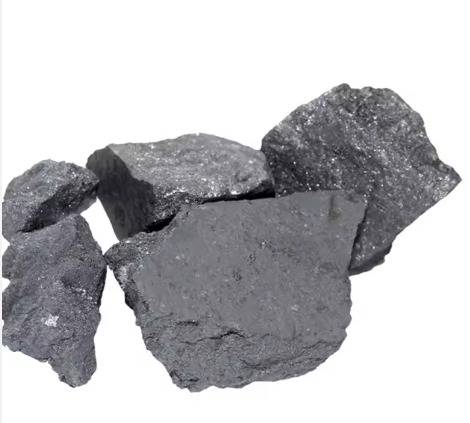
- 平鑫
- 宁夏石嘴上
- 15天
- 10000吨
An alloy of iron, silicon and manganese used in metallurgy, foundry industry, in the production of welding electrodes, etc. The content of manganese from 65 to 75 percent.
Increase Alloying Element Content: Increasing the percentage of silicon and manganese can enhance the strength of the steel. Silicon contributes to the hardenability of steel, while manganese improves the steel's work-hardening rate and strength.
Control of Cooling Rate: The rate at which the steel is cooled after processing can significantly affect its strength. Faster cooling rates (quenching) can lead to a more hardened and stronger steel.
Heat Treatment: Proper heat treatment, such as annealing, quenching, and tempering, can refine the grain structure and increase the strength of the steel.
Microalloying: Adding small amounts of other elements like niobium (Nb), vanadium (V), or titanium (Ti) can also improve the strength of the steel through mechanisms such as precipitation hardening and grain refinement.
Thermo-Mechanical Treatment (TMT): This involves controlled rolling and cooling processes that can lead to a fine-grained microstructure, which contributes to higher strength.
Cold Working: Deforming the steel at room temperature can increase its yield strength through strain hardening.
Controlled Rolling: This process involves rolling the steel at temperatures lower than conventional rolling, which can lead to a fine-grained structure and improved strength.
Ultra-Fast Cooling: New technologies allow for ultra-fast cooling rates that can produce steel with excellent mechanical properties.
Additives: Using certain additives during the steelmaking process can also affect the final properties of the steel.
Quality Control: Ensuring that the steel is free from impurities and has a uniform composition is crucial for achieving the desired strength.












